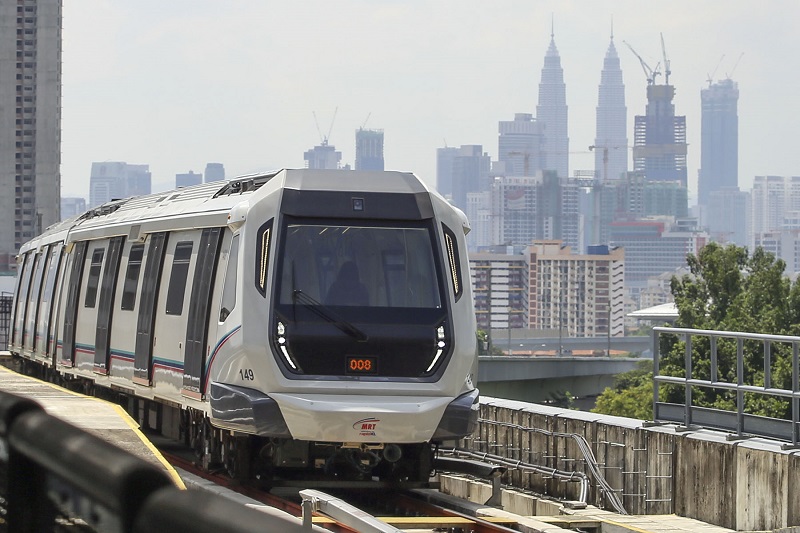KAJANG, July 17 — The launch of the second phase of the first Mass Rapid Transit (MRT) Line today marked a significant milestone in the Government’s continuous effort to enhance and improve the urban public transportation network particularly in the Greater Kuala Lumpur/Klang Valley region, said Transport Minister Datuk Seri Liow Tiong Lai.
Liow said the MRT Sungai Buloh-Kajang (SBK) line, spanning 51km would provide better accessibility to commuters along the route.
He said the MRT SBK Line was designed to ensure an excellent integration with existing and future public transportation services such as the Light Rail Transit (LRT), LRT3, MRT2 and the KTM Komuter.
“These interchanges will provide a holistic integrated network of land public transportation as the government aims to provide a safe, secure and seamless public transportation services to the rakyat.
“It is my fervent hope that we will continuously enhance the efficiency of the frequency (services) further in the future.
“With the opening of the Semantan-Kajang route today, I strongly believe the number of ridership will increase tremendously,” he told reporters when met at the MRT launching ceremony here today.
Meanwhile, Urban Wellbeing, Housing and Local Government Minister Tan Sri Noh Omar described the completion of the MRT project as a gift to the rakyat, especially in Selangor.
He said throughout the 31 stations in the SBK Line, the majority of the stations were built in Selangor.
The second phase of the MRT SBK line which was launched today at the Tun Razak Exchange underground station comprise 19 new stations, of which seven are located underground.
The 19 new stations are Muzium Negara, Pasar Seni, Dataran Merdeka, Bukit Bintang, Tun Razak Exchange Centre, Cochrane, Maluri, Taman Pertama, Taman Midah, Taman Mutiara, Taman Connaught, Taman Suntex, Sri Raya, Bandar Tun Hussein Onn, Batu Sebelas Cheras, Bukit Dukung, Sungai Jernih, Kajang Stadium and Kajang station.
Each train set serving the MRT SBK line will have four cars, allowing a total capacity of 1,200 passengers per trip with daily ridership estimated at 400,000 passengers.
The trains will run at a frequency of 3.5 minutes during peak hours. — Bernama



















